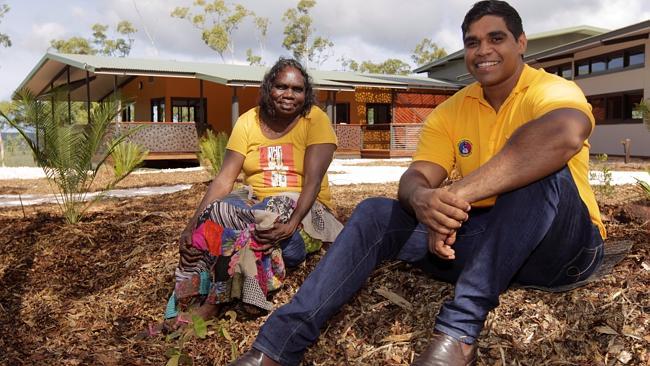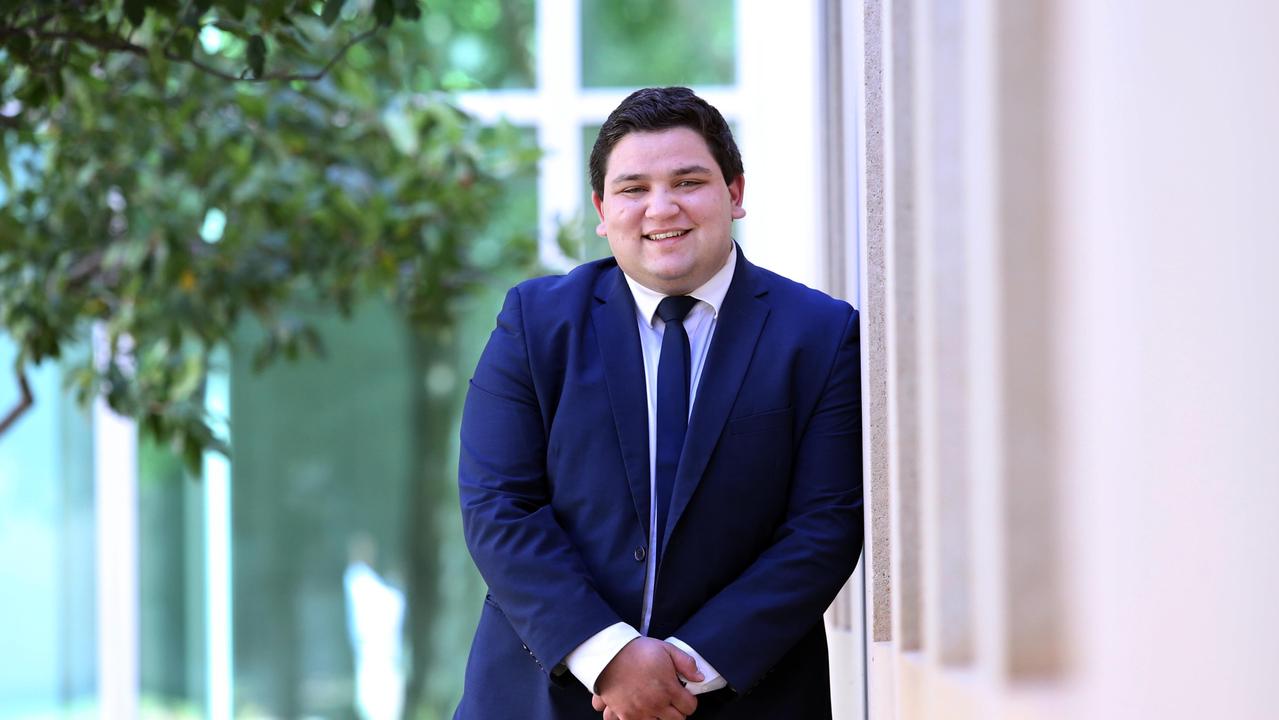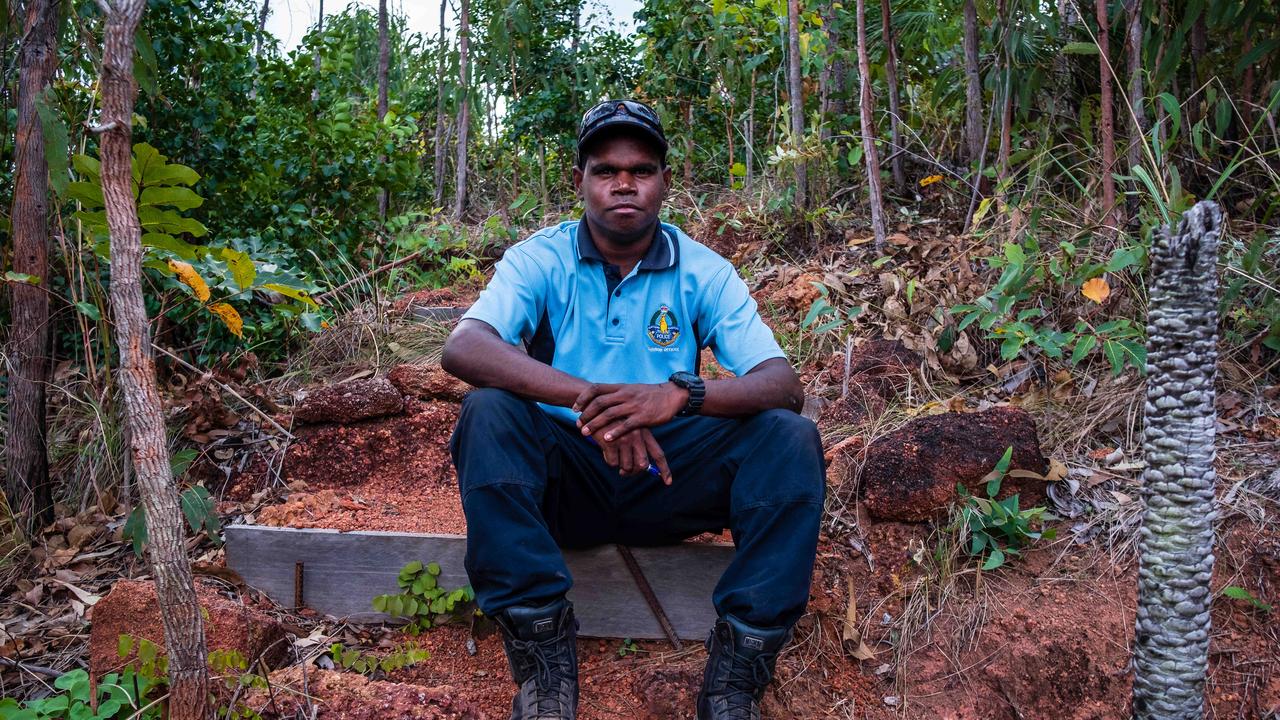Bayini’s spirit soars again for Yolngu
CENTURIES ago, when Yolngu culture was stronger than today, a female warrior known as Bayini sailed her canoe to Arnhem Land.

CENTURIES ago, back when Yolngu culture was stronger than it is today, a female warrior known as Bayini sailed her canoe to Arnhem Land. Arriving in Port Bradshaw from some exotic place, her anchor got stuck beneath a rock and was lost to the sand.
It is said her spirit lingers on, as does her story; the anchor symbolises the Yolngu people’s connection to their country.
Bayini’s legend memorialises a time when the proud Yolngu felt equal to outsiders. The anchor’s shape was used as a model for the new Garma Cultural Knowledge Centre on the Gulkala Plateau, about 800km east of Darwin. It is there the Yolngu people hope to meet the world once more, this time through education.
When the centre opens today, the Yothu Yindi Foundation, the Australian Indigenous Education Foundation and Melbourne University will announce partnerships to promote foundational learning. The idea is to help Yolngu children overcome barriers so they can succeed at school and go to university.
Djawa Yunupingu, a senior Yolngu leader, said it was important also to preserve traditional Aboriginal culture.
“If you go to places down south, people have completely lost their own culture,” Mr Yunupingu said. “Here we want it to stay strong from generation to generation, as it has in the past.”
The arrangement marks a subtle change of direction for the AIEF, which has concentrated on placing successful kids in boarding schools. By working with Yothu Yindi, the AIEF will also help more disadvantaged children prepare from an earlier age.
AIEF chief executive Andrew Penfold said he began work on the idea after attending last year’s Garma festival, prompted in part by his role as a member of the Prime Minister’s Indigenous Advisory Council. Although NAPLAN results for northeast Arnehm Land are poor, more children from that region now attend boarding school than do children in many other parts of the Northern Territory, in part thanks to mining royalties.
“It has always been important to understand that indigenous children usually only succeed in boarding schools where they are enthusiastic about the opportunity and where they have parents and families who are supportive of that educational choice as well,” Mr Penfold said.
“When either of those ingredients is missing, success is hard to achieve in a boarding school.”
Melbourne University became involved in the project after receiving a Maak or message stick from Yolngu leader and Gumatj chief Galarrwuy Yunupingu asking for help. Pro-vice Chancellor Ian Anderson said he hoped the university would be able to build pathways to higher education.
“We can help build a quality teaching workforce, for example,” Professor Anderson said. “About 25 per cent of those who have gone to Arnhem Land as students have returned as teachers.”
The yet-to-be-designed programs will be overseen by a new Garma Institute Board of Education, consisting of Melbourne University professor Marcia Langton, former Labor minister Martin Ferguson, Cape York indigenous leader Noel Pearson and Gumatj Corporation chief executive Klaus Helms.
Gapirri Yunupingu, 24, Galarrwuy’s son, said it was important for Yolngu youngsters to be able to get a job and engage with mainstream Australian society. “But we want to keep hold of our culture at the same time,” he said.
Djapirri Mununggirritj said the new centre and partnership programs would help Aboriginal people “develop in this demanding world”.


